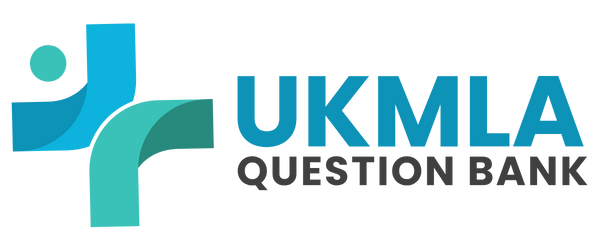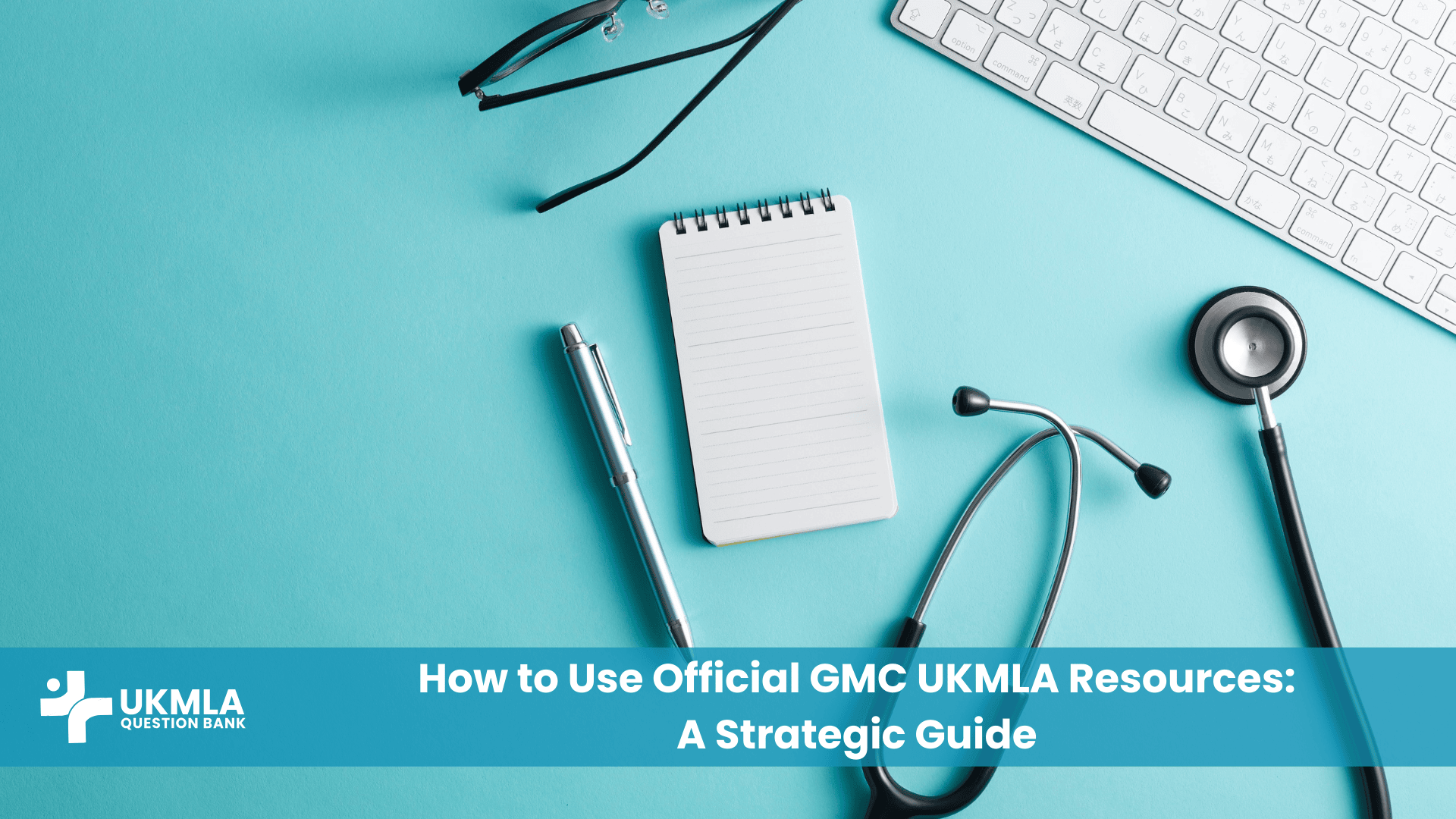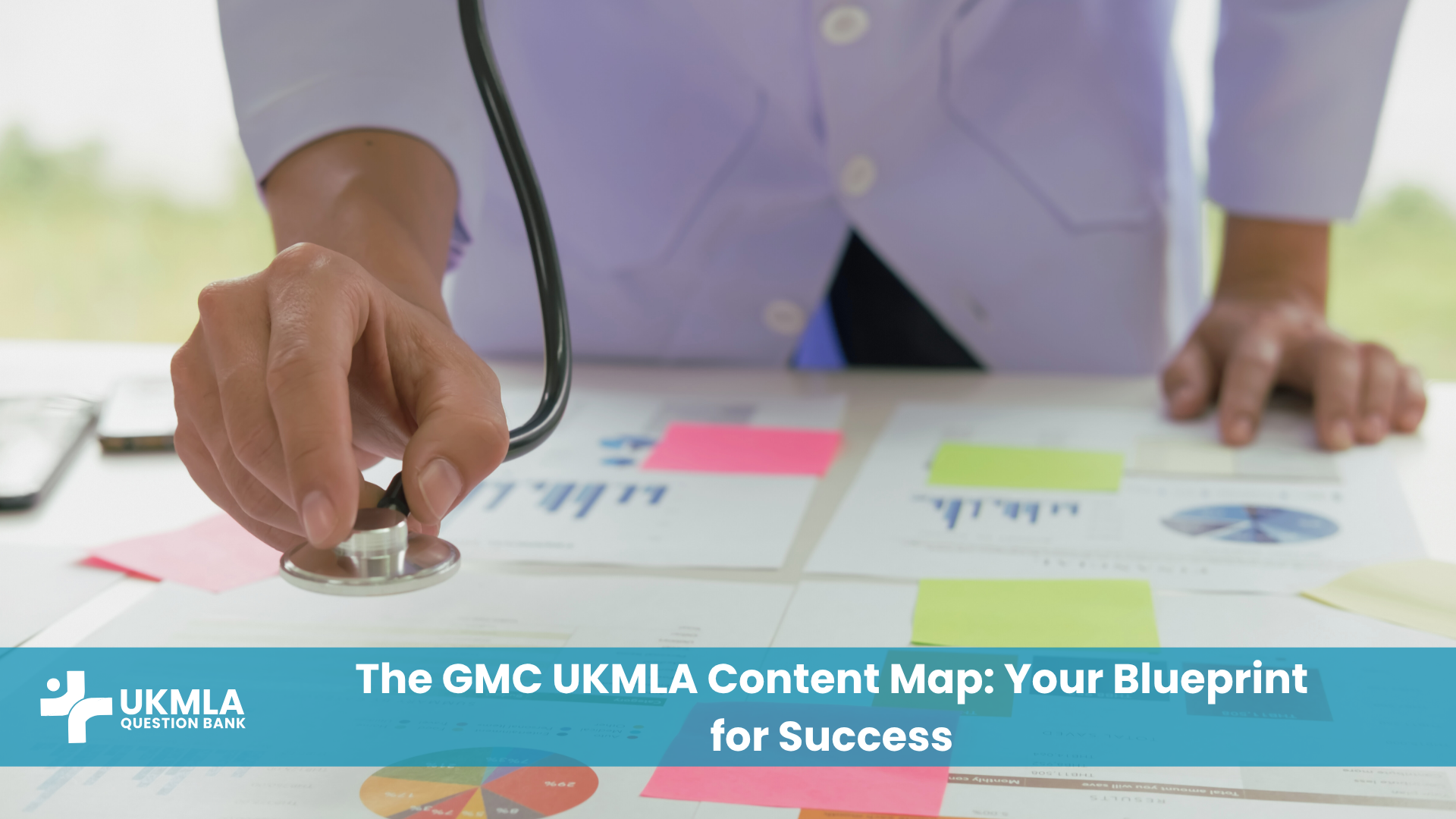Introduction
Learning how to use GMC UKMLA resources effectively is the single most important starting point for any successful exam preparation. In a market flooded with third-party courses, books, and question banks, the official materials provided by the General Medical Council (GMC) are the undisputed gold standard. They are not just another resource; they are the foundational blueprint from which the entire exam is built. Understanding these core documents is the key to aligning your revision with the examiner’s expectations.
This guide provides a strategic framework for making the most of these invaluable, free resources. We will break down the three core official documents you must master, provide a step-by-step strategy for integrating them into your study plan, and explain how to use them to guide your practice with other study tools. By leveraging the official materials correctly, you can ensure your preparation is targeted, efficient, and perfectly aligned with the UKMLA’s objectives.
The 3 Core GMC Resources You Must Master
The GMC provides three essential resources that form the trifecta of official preparation materials. You can find them all on the main GMC Medical Licensing Assessment page.
Resource 1: The UKMLA Content Map
This is the most important document the GMC publishes regarding the exam. It is the official curriculum or syllabus. It outlines the 24 “Conditions” (clinical presentations) and 6 “Domains” (practical skills) that you can be tested on. It is, quite literally, the blueprint for the exam, and understanding it is a cornerstone of success. A deep dive into this can be found in our guide on the GMC UKMLA Content Map.
Resource 2: The Official AKT Sample Questions
The GMC provides a limited number of sample questions for the Applied Knowledge Test (AKT). While there aren’t enough for a full-length mock, their value is immense. These questions are written by the exam setters themselves, offering an unparalleled insight into the style, format, and clinical reasoning required to succeed. They are a vital tool for calibrating your preparation.
Resource 3: Good Medical Practice Guidance
This is the GMC’s core ethical and professional guidance for all UK doctors. While not a “study text” in the traditional sense, its principles form the entire basis of the CPSA (Clinical and Professional Skills Assessment) and are essential for tackling any professionalism or ethical scenarios. You must be intimately familiar with its core domains.
A 3-Step Strategy for Using the UKMLA Content Map
Simply reading the Content Map is not enough. You must use it as an active, dynamic tool throughout your preparation.
Step 1: Use it as a Master Revision Checklist
Your first step should be to turn the Content Map into a master checklist. Go through each of the 24 “Conditions” (e.g., a breathless patient, a patient with chest pain) and the 6 “Domains” (e.g., patient safety, professionalism). Create a spreadsheet or a document and honestly rate your confidence in each area using a simple traffic light system (Red for weak, Amber for okay, Green for confident). This initial self-assessment provides the an objective overview of your starting point.
Step 2: Conduct a Self-Assessment to Identify Weak Areas
With your initial checklist complete, you now have a clear picture of your weaknesses. These “Red” and “Amber” areas should form the initial backbone of your study plan. It allows you to move beyond simply studying your favorite or strongest subjects and forces you to confront the areas that need the most work. This targeted approach is far more efficient than passively working through a textbook from start to finish.
Step 3: Use it to Guide Your QBank Practice
As you work through a commercial question bank, keep the Content Map handy. When you get a question wrong, don’t just learn the specific fact; identify which area of the Content Map it relates to. If you notice you are consistently failing questions related to “a patient with abnormal blood results,” you have identified a systemic weakness. You can then use your question bank’s filters to generate practice tests focused solely on that area. This turns your QBank practice from a random assessment into a targeted diagnostic and therapeutic tool.
Table 1: 3-Step Content Map Strategy
| Step | Action | Goal |
| 1. Checklist | Rate your confidence (Red/Amber/Green) for every item on the Content Map. | Get an honest baseline of your strengths and weaknesses. |
| 2. Prioritize | Build your initial study plan around your “Red” and “Amber” areas. | Ensure you are focusing your limited time on the highest-yield topics for you. |
| 3. Guide | Tag incorrect QBank questions to Content Map areas. | Use your QBank to systematically turn your weaknesses into strengths. |
Analyzing the Official UKMLA Sample Questions
The small number of official sample questions provided by the GMC should be treated like gold dust. Their value is in the quality of insight they provide, not the quantity.
What the Question Style and Content Reveal About the AKT
Analyze these questions forensically. Notice the length of the vignettes, the type of data provided (e.g., lab results, vital signs), and the phrasing of the question stems. The UKMLA is designed to test the application of knowledge, not just the recall of isolated facts. The sample questions reveal this focus on clinical reasoning, diagnosis, and determining the “most appropriate next step.” This shows why understanding UKMLA MCQs is crucial.
Deconstructing a Sample Question: A Worked Example
Take a single sample question and break it down. What is the key information in the vignette? What are the distractors in the answer options, and why are they plausibly incorrect? What specific piece of knowledge from the Content Map is being tested? Doing this for even a handful of the official questions will train your brain to think like the exam setters and will dramatically improve your question interpretation skills when you are working through a much larger commercial question bank.
Integrating “Good Medical Practice” into Your CPSA Preparation
For the CPSA, “Good Medical Practice” is not just a background document; it is the mark scheme. Every station, from history taking to ethical dilemmas, is assessing the professional values and behaviours outlined in this guide.
GMC Guidance: “Good medical practice describes what it means to be a good doctor. It says that as a good doctor you will make the care of your patient your first concern.”
Linking Ethical Principles to Clinical Scenarios
When preparing for the CPSA, don’t just memorize the guidance. Actively apply it. As you practice ethical scenarios, explicitly state how your actions align with the core principles. For example, in a station on confidentiality, you could state, “According to GMC guidance, my primary duty is to the patient, but I must also consider any risk of serious harm to others.” This demonstrates to the examiner that your practice is grounded in the official professional standards. A deep dive into this can be found in our guide to UKMLA ethical dilemmas.
How to use gmc ukmla resources to Complement Other Tools
It’s vital to understand that the official resources are necessary, but they are not sufficient on their own.
Understanding the Limits of Official Resources
The GMC resources tell you what you need to know, but they don’t provide all the learning material itself. The Content Map lists “a patient with chest pain” but won’t provide a detailed textbook chapter on the causes of chest pain. The sample questions give you a feel for the exam, but there are not enough of them for comprehensive practice. This is why a hybrid approach is essential.
Combining the Content Map with Your Primary Question Bank
The most effective study strategy combines the official GMC Content Map with a high-quality commercial question bank. Use the Content Map to create the structure and framework of your study plan, then use the thousands of questions in a commercial QBank to practice active recall and master the individual topics within that framework. This approach, which we detail in our guide on how to use a UKMLA question bank effectively, gives you the best of both worlds: official guidance and large-scale, active practice.
Frequently Asked Questions (FAQ) about GMC UKMLA Resources
Yes, it is the official syllabus provided by the GMC. If a clinical presentation is not on the map, it is highly unlikely to be the main focus of a question.
They are designed to be representative of the difficulty of the real exam. You should treat them as the “gold standard” for the level of knowledge and reasoning required.
Yes. The primary resource is the “Good Medical Practice” guide. The GMC also provides information on the structure of the CPSA and the domains it assesses, which are directly linked to the Content Map.
They are available on the Medical Licensing Assessment section of the official GMC website.
You should use it at the beginning of your prep to create your plan, and then refer back to it regularly (e.g., weekly or monthly) to track your progress and ensure you are covering all required areas.
No, the UKMLA Content Map, the sample questions, and all GMC guidance documents like “Good Medical Practice” are completely free to access on their website.
It is highly unlikely. The GMC resources provide the curriculum and a small sample of questions, but they do not provide the thousands of practice questions needed to master the material through active recall.
They are very similar, as both are based on the same core document (“Outcomes for graduates”). However, you should always use the official UKMLA Content Map for your UKMLA preparation, as there may be minor differences or updates.
No. The GMC does not endorse or recommend any commercial courses, question banks, or textbooks.
The UKMLA Content Map. It is the foundation upon which your entire study plan should be built.
Conclusion
While the world of UKMLA preparation is vast, your starting point should always be the official materials provided by the exam setters themselves, the GMC. These resources are not just helpful extras; they are the foundational documents that provide the curriculum, the question style, and the professional standards for the entire assessment. By using the Content Map as your master checklist and the sample questions as your guide to the exam’s style, you can ensure your study efforts are perfectly targeted.
Ultimately, learning how to use gmc ukmla resources is about creating a powerful synergy. Combine the official framework provided by the GMC with the large-scale practice offered by a high-quality question bank. This hybrid approach ensures you are learning the right material in the right way, building a solid and reliable foundation for success on exam day and in your future career as a doctor in the UK.




